1. Fixing a Leaky Faucet
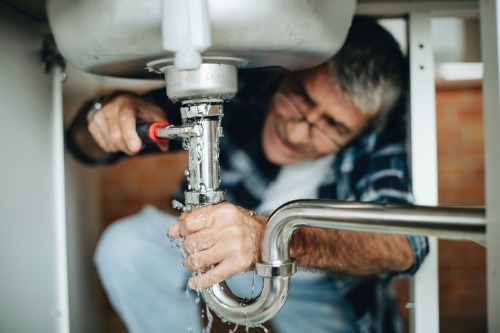
Once upon a time, a dripping faucet didn’t require a YouTube tutorial or a plumber on speed dial—it was just part of homeownership 101. Replacing a worn-out washer or tightening a valve was a small task that saved gallons of water and a lot of money. Knowing how to use a wrench and a bit of plumber’s tape was a rite of passage. Today, many homeowners just install a “smart faucet” and let an app tell them something’s wrong.
Still, the old skill came with a sense of independence. You could hear that slow drip at 2 a.m., roll out of bed, and fix it before breakfast. It wasn’t glamorous, but it taught problem-solving and patience. There’s something grounding about solving a small problem with your own two hands instead of waiting for a notification.
2. Patching a Wall
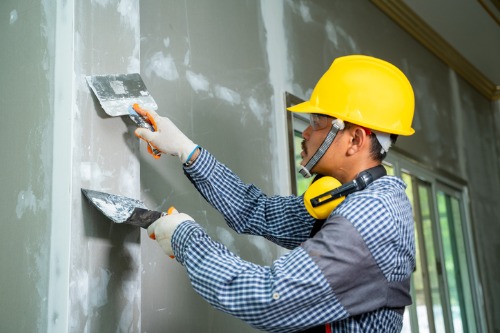
Drywall patches used to be a basic weekend chore, not a call for professional help. Homeowners kept a little spackle, sandpaper, and paint on hand for when the doorknob inevitably punched a hole in the wall. The skill meant keeping a home looking cared-for without spending a dime. Now, some smart-home systems will even monitor humidity levels in your walls—but they won’t patch the hole for you.
Learning to patch a wall was also about pride in upkeep. A neat, smooth patch made your living space look fresh again. It taught a bit of artistry and attention to detail. And unlike many smart fixes, it didn’t rely on Wi-Fi.
3. Changing a Light Fixture
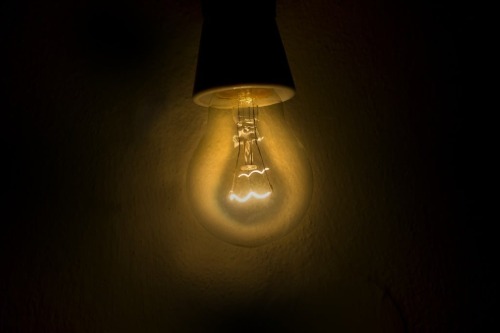
Before LED panels and app-controlled lighting, homeowners regularly swapped out their own fixtures. It was a quick way to refresh a room’s look and learn basic electrical safety. Knowing how to flip a breaker and connect three wires gave people confidence and control. Nowadays, even replacing a bulb can involve reconnecting it to a digital network.
This skill used to make you feel capable and connected to your home. It demystified electricity and made upgrades affordable. Plus, you got to express your own taste instead of scrolling through pre-programmed lighting moods. The satisfaction came from flipping the switch yourself and seeing your handiwork shine.
4. Cleaning Gutters by Hand
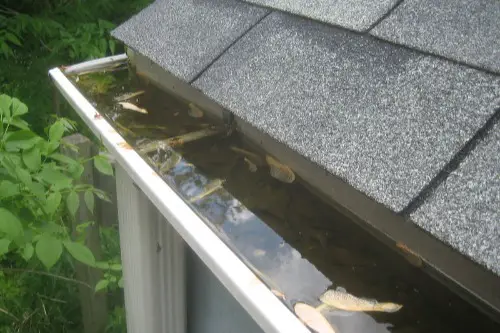
It wasn’t glamorous, but every fall meant getting up on a ladder to clear out leaves. Clogged gutters can cause water damage and roof rot, so it was essential maintenance. Today, there are gutter sensors, guards, and even robots that do it for you. But those gadgets can’t tell you if your shingles are curling or if your fascia board is starting to rot.
Climbing up there used to give homeowners a chance to spot early problems. You’d see bird nests, loose flashing, or peeling paint before they turned into big repairs. It was equal parts chore and inspection. And honestly, it was one of those “take care of your home, it’ll take care of you” moments.
5. Sharpening Tools

Every homeowner once had a file or whetstone tucked in a drawer. Whether it was pruning shears, kitchen knives, or a lawnmower blade, sharp tools made every job safer and easier. Now, most people just buy replacements or use self-sharpening gadgets. But knowing how to maintain a blade taught respect for tools and craftsmanship.
Sharpening wasn’t just about saving money—it was about understanding how things worked. You could feel the difference when you’d done it right. It was quiet, meditative work that kept your home running smoothly. Plus, there’s real satisfaction in restoring an edge with your own hands.
6. Balancing a Checkbook
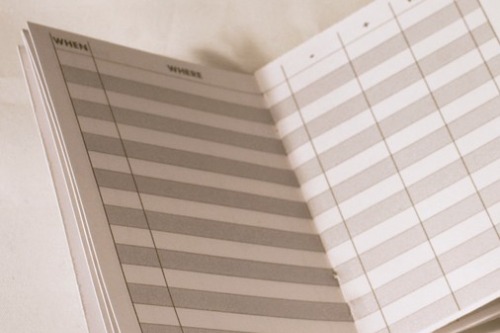
Homeownership used to mean tracking every expense on paper. You knew exactly how much you spent on the mortgage, utilities, and repairs. It required math, attention, and planning. Now, most people let apps and automatic payments handle everything.
But balancing a checkbook taught more than arithmetic—it taught awareness. You couldn’t ignore your spending when you had to write it down yourself. It also made big decisions, like replacing a roof, feel more concrete. Smart budgeting tools are convenient, but they often make money feel less real.
7. Bleeding a Radiator
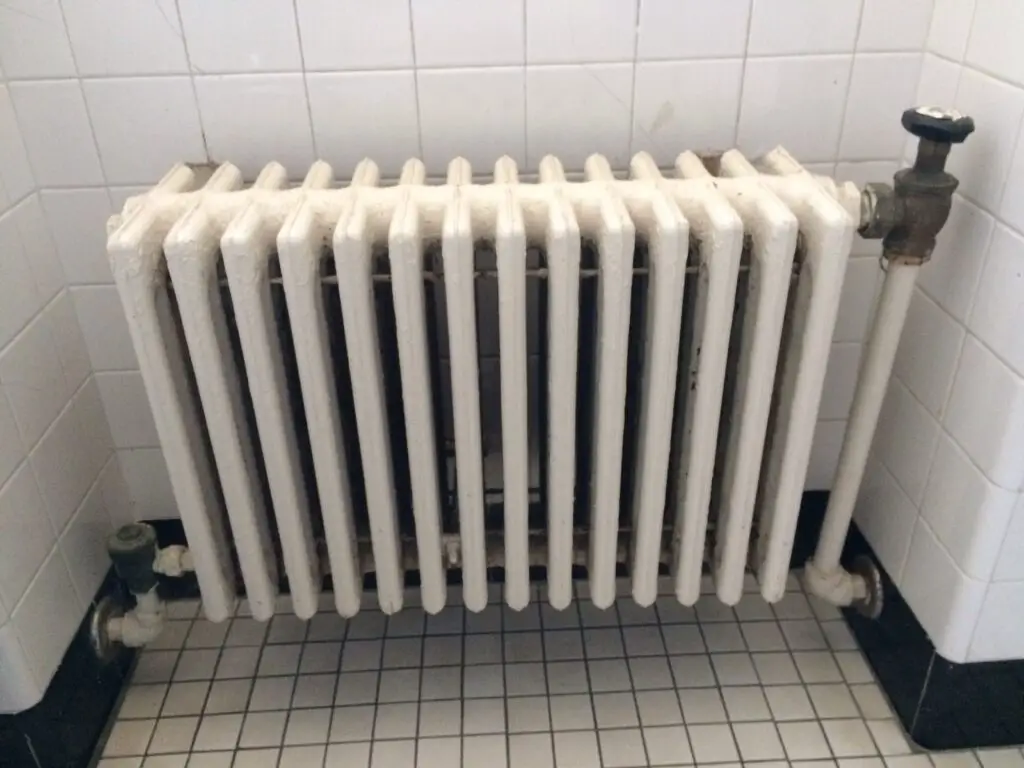
Old homes with radiator heat required some hands-on care. Every fall, you had to release trapped air to keep the system running efficiently. It was simple—just a key, a rag, and a few minutes of patience. Today’s smart thermostats handle efficiency digitally, but they can’t fix trapped air bubbles in an old system.
Knowing how to bleed a radiator kept your house warm and your energy bill low. It also gave you an intuitive sense of how heating systems worked. You could hear when something was off, long before you needed a technician. It’s a small, satisfying ritual that’s quietly disappearing.
8. Replacing a Broken Tile
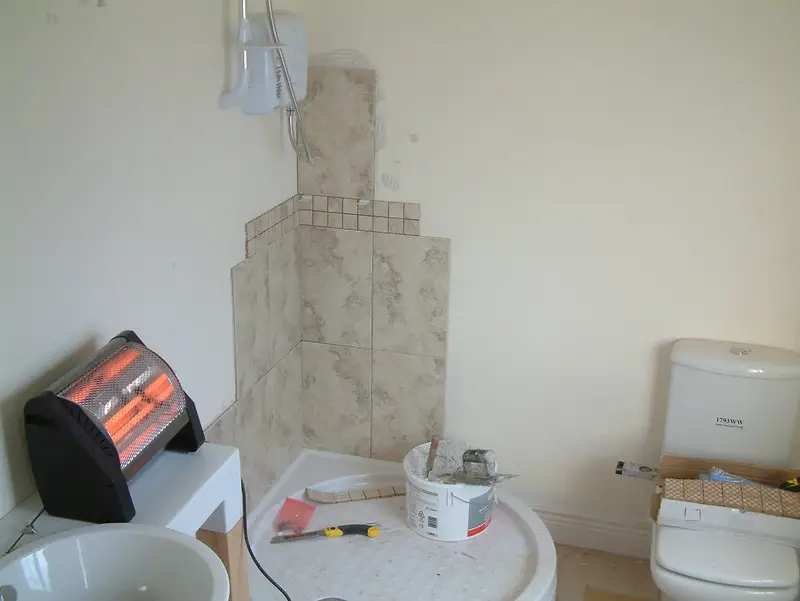
If a tile cracked in the bathroom, homeowners used to grab a chisel, adhesive, and grout instead of calling a contractor. It was a careful but manageable repair that saved time and money. Matching the tile and finishing it cleanly took patience and pride. Now, many people rely on contractors or modular “smart flooring” systems instead.
Fixing a tile taught precision and care. It wasn’t just about looks—it prevented water damage and mold growth. Plus, it gave you ownership over your home’s longevity. Every fixed tile felt like a little victory over entropy.
9. Painting a Room
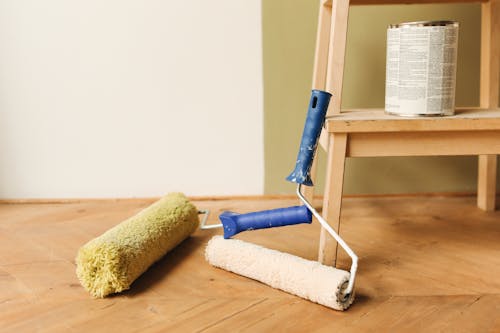
Before professional crews and color-matching apps, painting was a family weekend project. You learned how to tape edges, roll evenly, and cut in by hand. The smell of fresh paint meant progress and renewal. Smart lighting can change wall colors now—but not the feeling of doing it yourself.
Painting taught patience and planning. You had to prep, wait for coats to dry, and live with your decisions for a while. It also gave people confidence to make their spaces their own. Few home upgrades are as simple—or as satisfying—as a new coat of paint.
10. Clearing a Clogged Drain
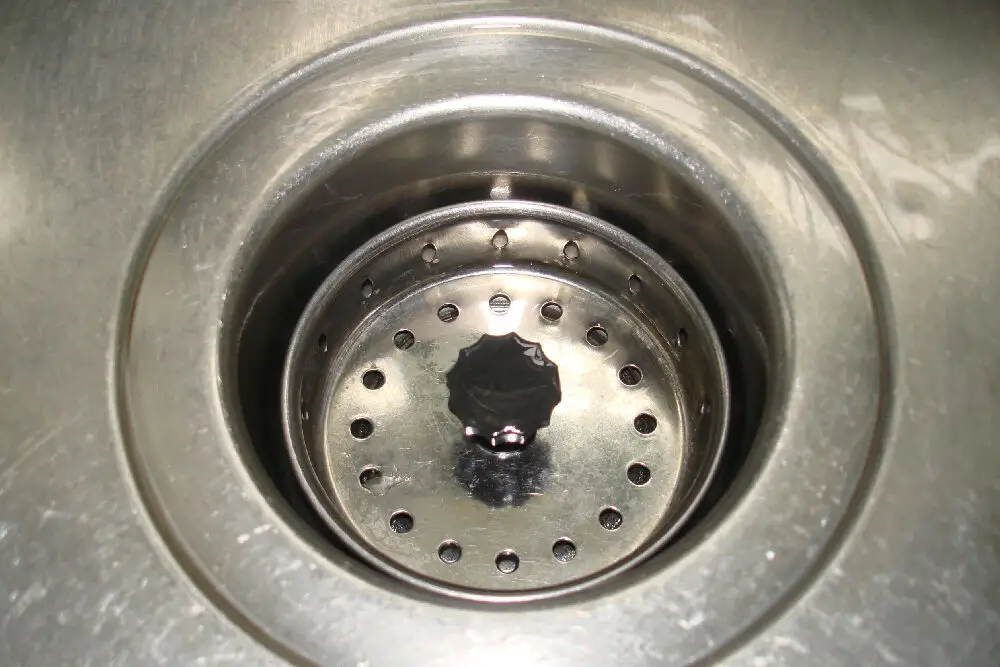
Once, a plunger and a little know-how could solve most plumbing problems. Baking soda, vinegar, and a snake were standard tools under the sink. Now, homeowners often turn to chemical gels or even call plumbers for minor clogs. And smart sensors can alert you before a backup—but not clear it.
Learning to clear a drain taught practical problem-solving. You learned to recognize the cause—hair, grease, or debris—and fix it efficiently. It also prevented bigger plumbing disasters later. It was an unglamorous but empowering part of home ownership.
11. Hanging Shelves Straight
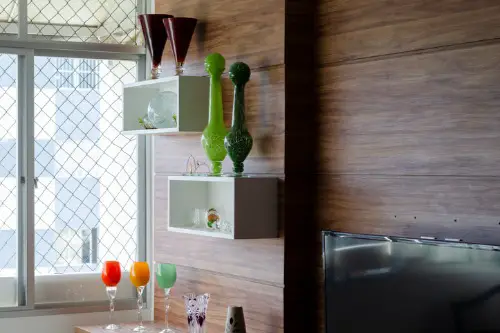
Before laser levels and smart measuring tools, people relied on a steady eye and a bubble level. Hanging a shelf wasn’t just about storage—it was about precision and pride. A straight line and solid anchor meant you understood your walls and structure. Today, some systems use digital measurements, but the tactile sense is gone.
This small task taught spatial awareness and patience. You learned where studs were, what materials could bear weight, and how to make things last. It was a minor project with major satisfaction. A perfectly level shelf still feels like a small miracle you made yourself.
12. Weatherproofing Windows
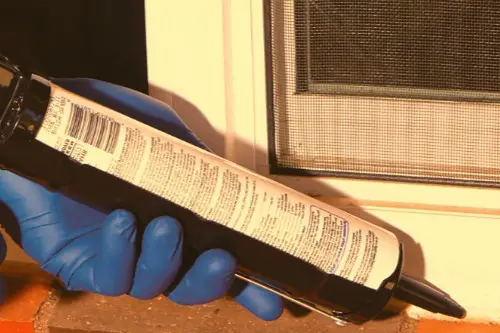
Drafty windows once meant a weekend of sealing, caulking, and applying plastic film. It kept heating bills down and homes cozy. Now, smart thermostats and window sensors try to manage comfort digitally. But if your seals are bad, no amount of automation can fix the draft.
Weatherproofing was an act of self-reliance and stewardship. You could literally feel the difference when you did it right. It made your home quieter, warmer, and more efficient. And it reminded you that maintenance beats technology every time.
13. Reading a Manual
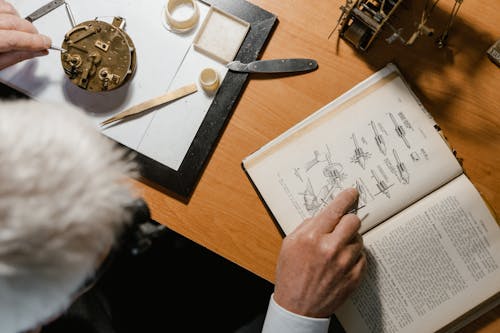
Before “plug-and-play” and “setup wizards,” homeowners read the manuals that came with everything—from furnaces to dishwashers. They understood how their appliances worked, how to maintain them, and when to service them. Now, most people skip that step and hope the app tells them what’s wrong. But understanding your own equipment used to be part of being a responsible homeowner.
Reading manuals built confidence and problem-solving skills. You didn’t need to wait for an update or a help desk. You knew where the reset switch was and what that blinking light meant. It was the difference between being an operator and being an owner.
This post 13 Skills Every Homeowner Used to Have Before Everything Became “Smart” was first published on Greenhouse Black.
